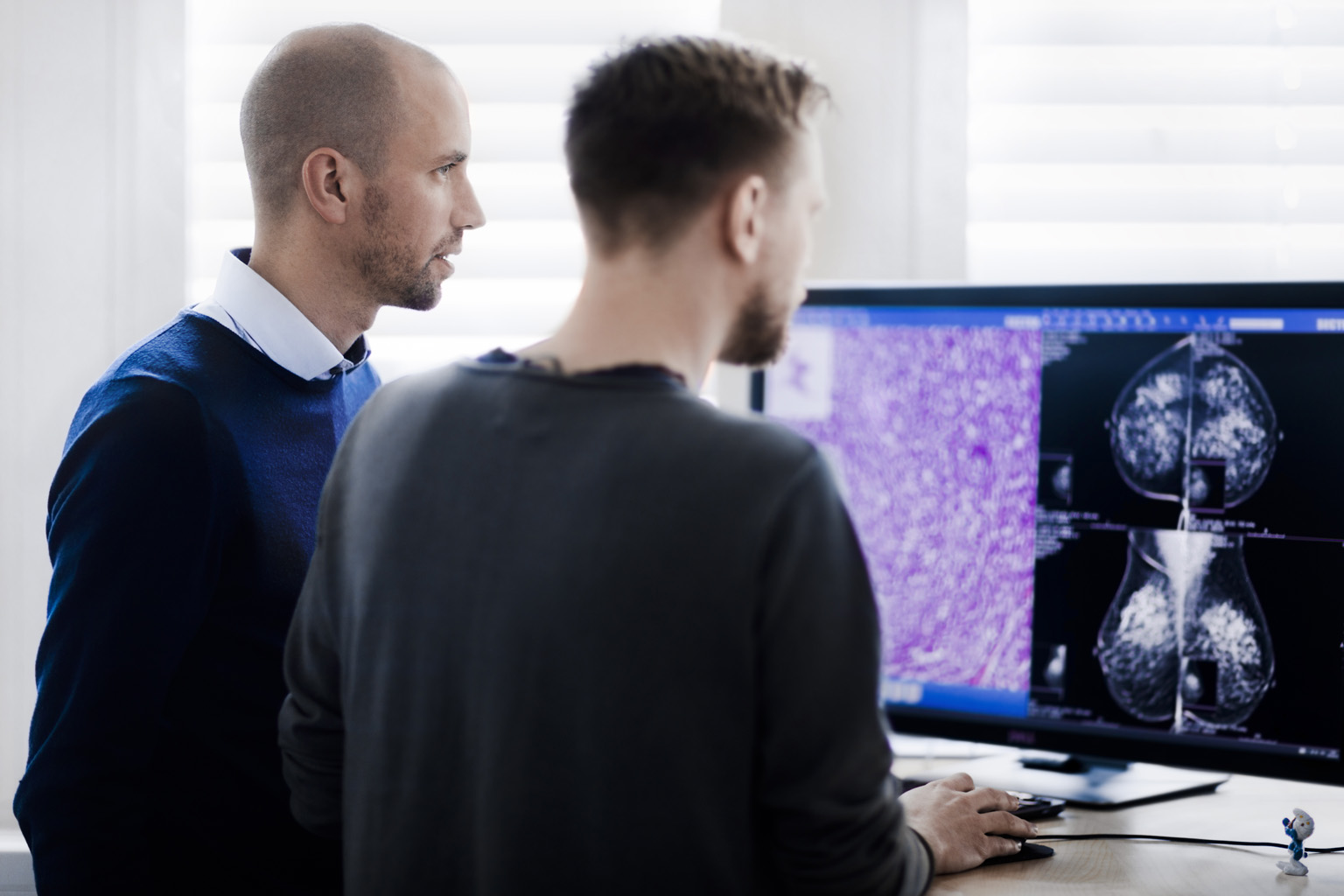Today’s healthcare organizations, in some cases, are built on hundreds of different integrated IT systems, creating a complex and ever-changing ecosystem. For a user, this ecosystem must function as a single solution to provide a holistic patient overview supporting a range of different clinical workflows. Data needs to be smoothly transferred between systems, login processes must be efficient but also safe, and applications need to offer supporting tools for many different user roles and be synchronized. However, this is seldom the case.
Adding to this complexity, a hospital’s IT ecosystem normally consists of a combination of modern and old IT systems—in some cases, IT systems from the age when a black background and green text were standard. Even after years of integration projects between different vendors, healthcare providers suffer from poor IT workflows, creating inefficiency and frustration among users.
In addition to its enterprise imaging solutions, Sectra provides customer-tailored IT solutions that help hundreds of customers to “glue” their IT systems together in order to create efficient workflows.
For more than 15 years, the team has delivered a wide range of applications to provide functionality that doesn’t exist in the hospital’s current IT systems. Sectra has delivered everything from entirely new interfaces to customizations of the customer’s enterprise imaging solution to suit local requirements.
Below is an interview with Fredrik Lysholm, Head of Sectra Tailored IT Solutions.
Can you describe your work within Sectra Tailored IT Solutions?

Fredrik Lysholm, Head of Sectra Tailored IT Solutions
Actually, it’s often like detective work. Typically, you start from a customer challenge, which you first need to fully understand. This may involve a very detailed review of how our core offering works in conjunction with other customer-specific IT solutions.
Then we need to figure out how we can solve the customer’s problem using the interaction points we already have (such as APIs). This often results in multiple possible solutions. Once a solution has been decided, it’s time to do the real work of putting the pieces together. My team delivered over 200 products over the last year alone.
Can you give an example of one of those customer challenges?
Our customers bring us so many interesting challenges, it’s hard to pick one. But one thing we’ve just delivered is a solution to help several of our customers integrate departments outside radiology.
For instance, a maternity clinic that produces ultrasounds, but didn’t have a structured way of handling them. Our solution integrates their image solution with the Sectra enterprise imaging solution, so they get the full benefits of a holistic patient overview, including GDPR-compliant storage, coherent patient history, sharing capabilities, etc.
How did you solve this issue?
We built an easy-to-use scheduling tool, integrated with the Sectra system. Departments can then use it to set up their patient encounters, with full support in the form of patient information, autocomplete, etc.
The modalities—for example, an ultrasound—receive the full context of the patient encounter and can send contextualized data back to the Sectra system. The complete solution can also easily be integrated into the EMR/HIS, which makes the user experience even better!
What did this solution bring the customer?
I just got the final report from our first implementation and they are very happy with the product since it is both easy to roll out and easy to use. It also saves a lot of time in the workflow.
They’ve given us two minor improvement suggestions, which we are looking into as we speak. Since we work very closely with customers during the development stage, their feedback is crucial for us in order to achieve great solutions.
What other common types of applications do you provide?
Another type of integration that we often provide is displays of information from other systems within our core applications—for instance, integrations with the hospital’s lab system where we fetch relevant patient results so that the radiographer sees them directly within the examination window.
Without such an integration, the radiographer needs to log in to the lab system, find the right window and type in the patient ID to be able to read the results, for every examination. You can imagine how much time and frustration this display saves in general, not to mention eliminating the risk of typos.
What kind of customers do you help?
All types really. From small to large private radiology clinics to university hospitals to pathology labs that have already started their journey towards digitization. We always build our solutions to be reliable and robust, and we follow all industry standards and maintain proper documentation to ensure that our programs follow the core system’s upgrade cycles.
What would you recommend medical imaging departments to think about when it comes to creating efficient IT ecosystems?
To discuss with their vendor what integrations they can do. I often see cases where they can save time, money and frustration by investing in proper integrations of their IT systems. IT ecosystems are only as efficient as their weakest link, and tailored applications have been proven to create efficient workflows.
